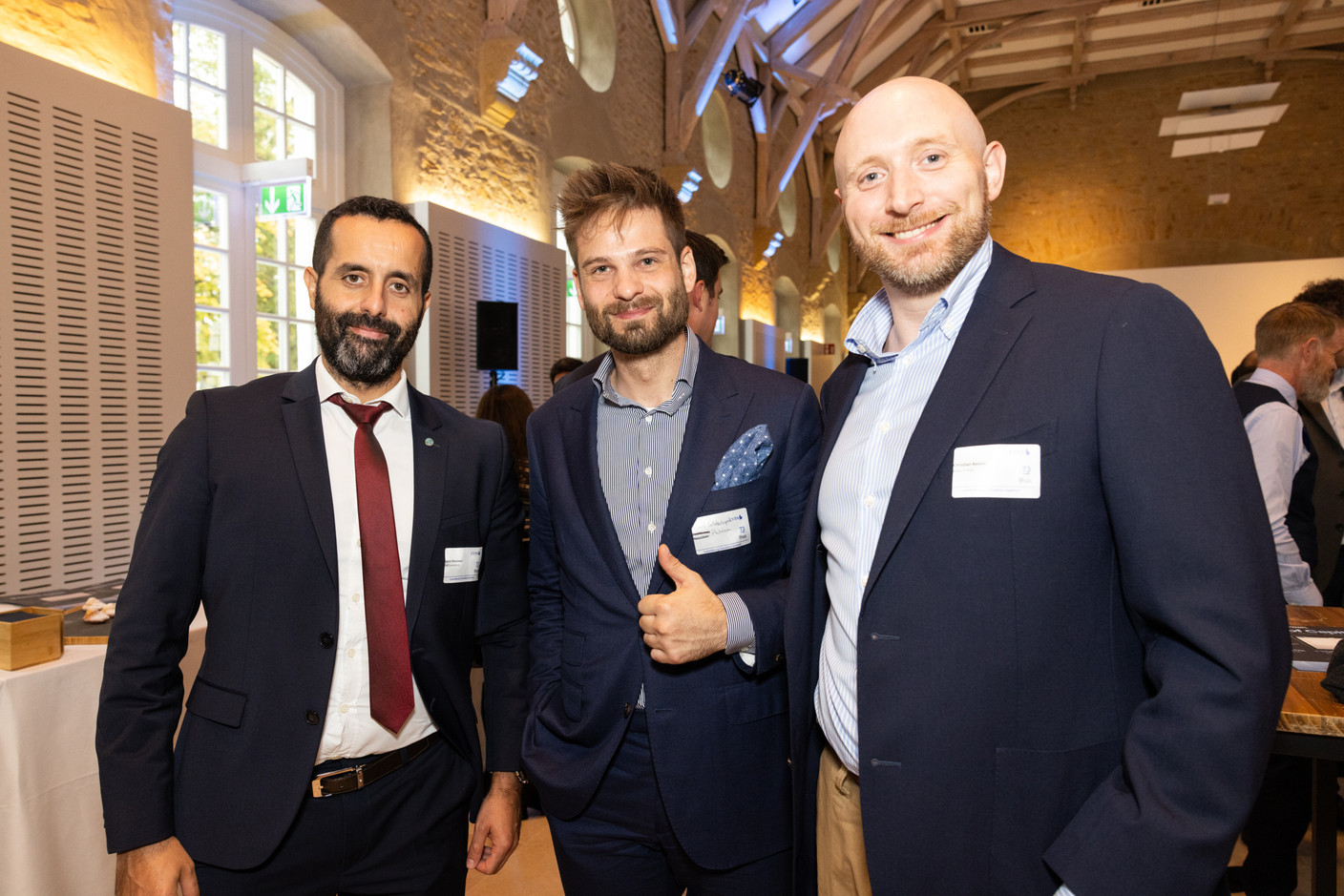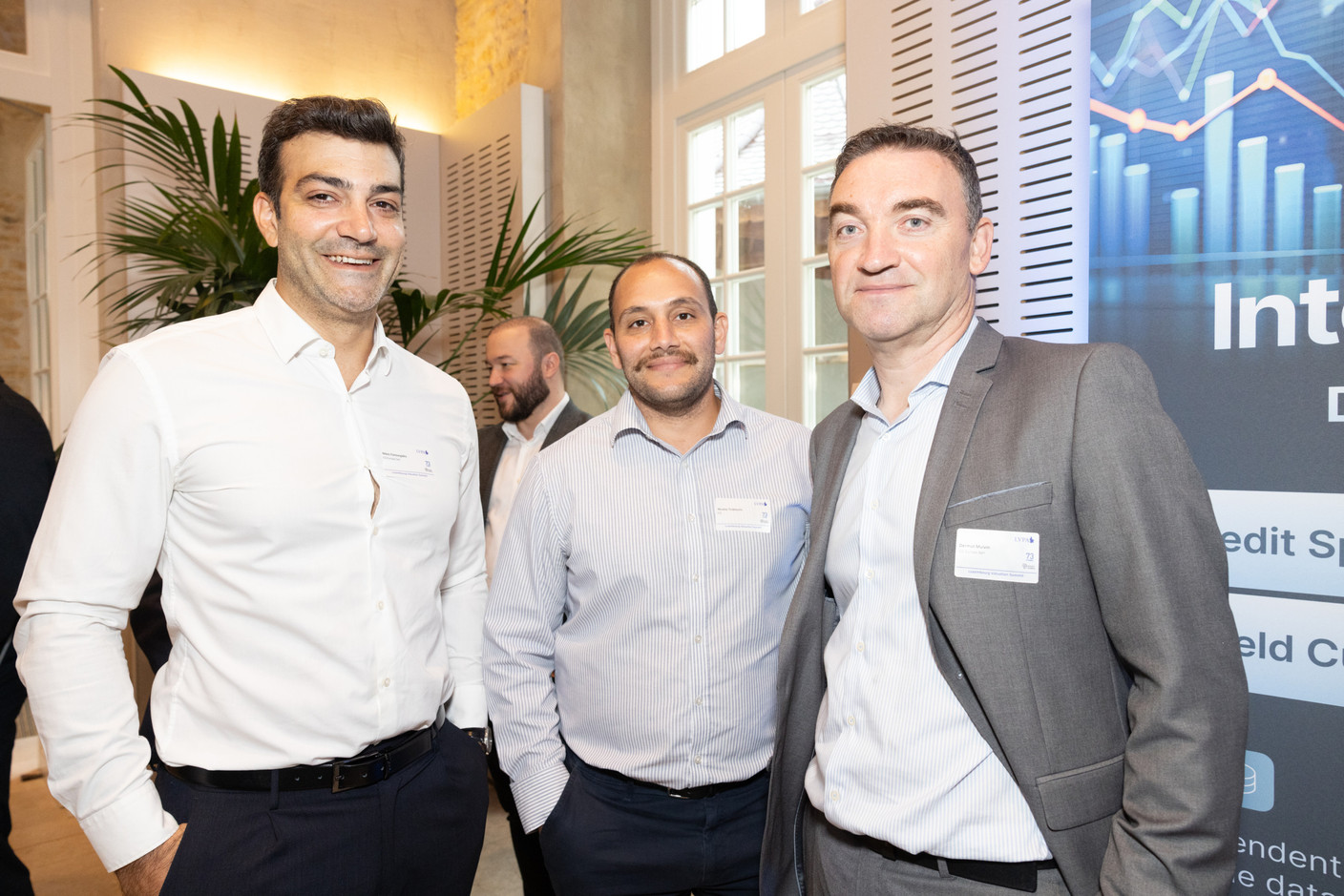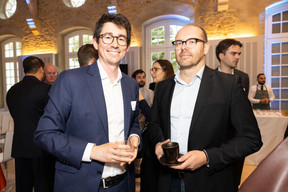For Henk Oosterhout, managing director at QVO Values and business valuation board member at the International Valuation Standards Council (IVSC), valuation risk is when there’s the possibility that a valuation is not appropriate for its intended use. This could, for instance, be due to calculation errors, a lack of transparency or inconsistencies. Oosterhout was speaking on a panel dedicated to mitigating valuation risk at the Luxembourg Valuation Professional Association’s summit on 25 September and moderated by , managing director at Kroll Advisory Luxembourg.
From an AIFM perspective, it’s important to define the manager’s “key duties,” added Alberto Facchinato, associate director valuations & conducting officer at EQT Group. Accuracy, compliance and transparency are key, he noted, and “it’s really important to be involved at every stage of the valuation process.” Standardisation and automation can help reduce valuation risk and uncertainty, and he argued that public data should be used as much as possible.
“One of the main risks is to have insufficient or inappropriate understanding of what we need to value,” said Evangelos Gkaripis Karipidis, head of valuations unit, equity and venture debt at the European Investment Bank. “We start from there to make a good selection of methodologies and models and relevant inputs to use in the valuations,” but this isn’t a “static” selection. And when it comes to the private assets market, “the scarcity of certain market indicators” could increase the risk of improper selection. This is something that need to be mitigated.
Volatility--like we’ve seen over the past few years--can stress models, noted panellists. But “it takes time for market volatility in the public market to translate into the private market,” argued , partner at the VC firm Expon Capital. The time it takes to “translate” can also be different depending on whether a company is at an early stage or late stage. “From our perspective, there’s higher valuation risk for early-stage companies versus growth stage companies because in the end, there could be a liquidity crunch.”
Mitigating risk: not a “tick-the-box exercise”
So, to minimise valuation risk, on the “qualitative” side, be “as transparent as possible,” said Oosterhout. Quantitatively speaking, he added that he’s a “big fan of ‘the more simple the cross check, the better.’” Back-testing and calibration of models can also help.
Calibration and back-testing can indeed be “effective strategies,” Karipidis noted, but “it is very important that they are not regarded as a ‘tick-the-box’ exercise.” This can also be “an opportunity to discuss and keep an open communication channel with origination and portfolio management teams,” he added. “We could earn insights about what are the actual value drivers that are considered into the particular pricing of certain assets. That would allow us to select the methodologies that actually consider such inputs.”
“We can learn a lot with back-testing exercises,” said Facchinato. And while it’s key to use public data as much as possible to benchmark assumptions, “I would really suggest not to use static data in your models--or to use the same figures--for too long time, because they might have changed,” due to inflation, for instance.
Coming back to the startup and VC scene, Wang said that discussion with the senior management and different teams of portfolio companies is key. But in addition, every quarter, Expon carries out an analysis of the exit potential of every single portfolio company with the partners so that everybody knows the performance of assets that other partners are in charge of. Some partners are “extremely optimistic” whilst others are extremely “conservative.” Meetings like these allow the team to have a more “unbiased view of the portfolio.”
Transparency, consistency and education are key when it comes to mitigating valuation risk, said Oosterhout. Technology can play a role and help in valuations, but a “human element” will remain key.
Future of valuation
To conclude the discussion, Moisei asked the panellists to share their views on the future of valuation and mitigating risk.
Looking at recent years, said Karipidis, we had a very low interest rate environment, which led to institutions taking more risks, which required more complex instruments and more complicated valuations. The appetite for risky assets--and the appetite of regulators to ensure no failures--also increased. Valuation should not be taken lightheartedly, he said. The proper frameworks and controls should be applied to ensure that professional judgements are applied and crafted in a manner that does not lead to a market failure.
“I still would like to emphasise the educational aspect,” said Oosterhout. “Valuation is done by more and more people--it’s very relevant.” The LVPA announced during the summit that it was for professionals in Luxembourg.
Valuation risk will remain--and possibly even increase, said Wang. Having an association for valuation here in Luxembourg emphasises the importance of conducting valuation and ensuring proper expertise.
For Facchinato, technology brings with it standardisation, which could in turn reduce risk in the medium to long term.



























































